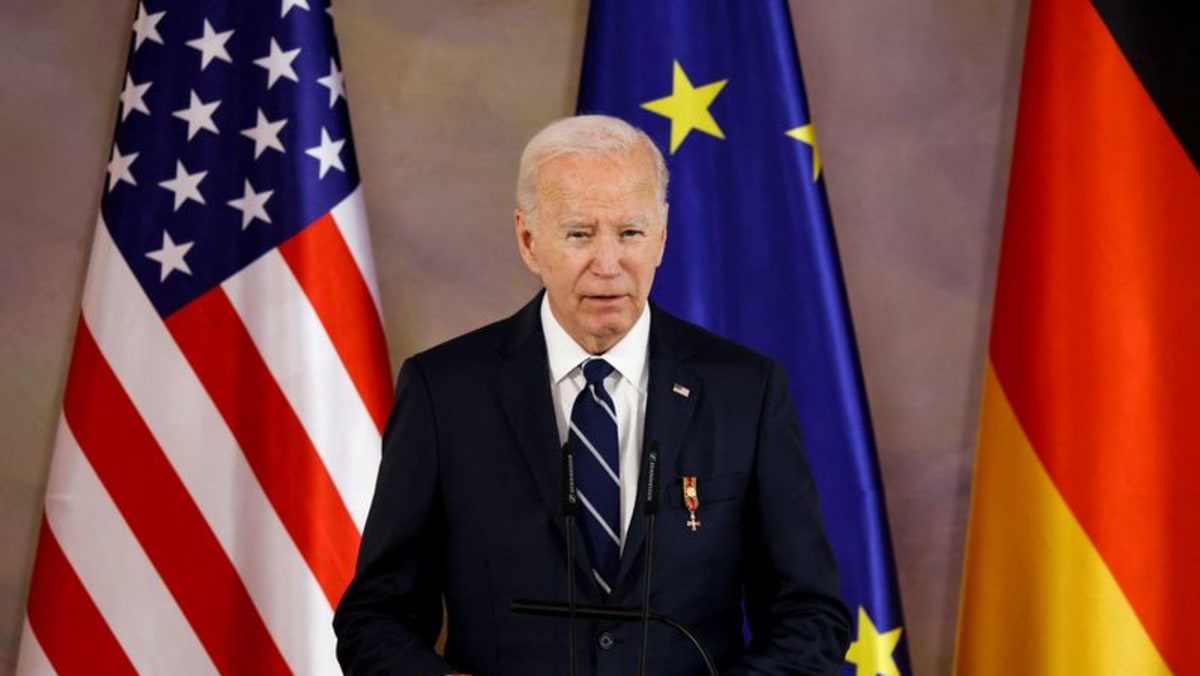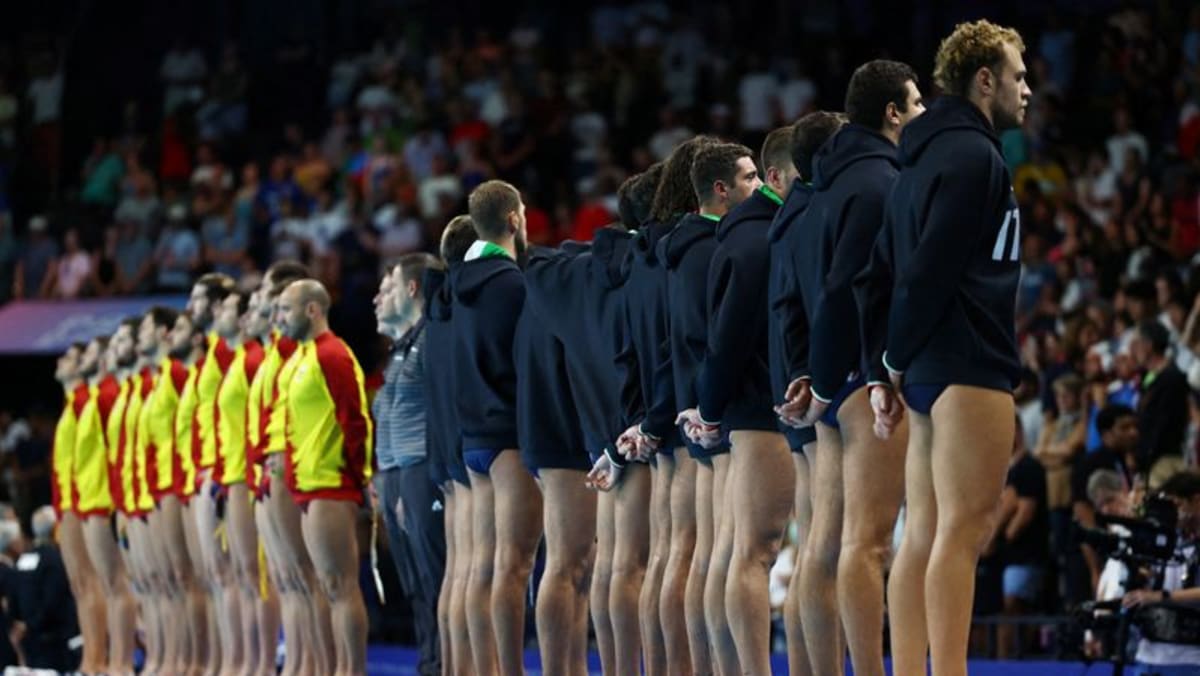Trump has gained in 538’s forecast, but the election is still a toss-up

The closest election of the century keeps getting closer. Two weeks ago, 538’s forecast of the presidential election gave Vice President Kamala Harris just a 58-in-100 chance of defeating former President Donald Trump on Nov. 5. Now — just 18 days away from Election Day — our forecast gives Trump the bare advantage in the race with a 52-in-100 chance to win.*
You might be tempted to make a big deal about our forecast “flipping” to Trump, but it’s important to remember that a 52-in-100 chance for Trump is not all that different from a 58-in-100 chance for Harris — both are little better than a coin flip for the leading candidate. While Trump has undeniably gained some ground over the past couple weeks, a few good polls for Harris could easily put her back in the “lead” tomorrow. Our overall characterization of the race — that it’s a toss-up — remains unchanged.
The reason our forecast is close is that the polls are close — well within the range that even a small polling error could be decisive. According to our polling averages, the margin between Trump and Harris is 2 percentage points or less in all seven major swing states (Arizona, Georgia, Michigan, Nevada, North Carolina, Pennsylvania and Wisconsin). And in our average of national polls, Harris leads Trump by only 2.0 points. That is tighter than the margin between Trump and President Joe Biden on every day of the 2020 campaign, and tighter than the margin between Trump and former Secretary of State Hillary Clinton on every day between Oct. 1 and Election Day 2016. (Because of the Electoral College’s bias toward Republicans, our model currently estimates that Harris likely needs to win the national popular vote by 2.0 points in order to be favored to win a majority of electoral votes.)
For the most part, recent high-quality polls have only affirmed the closeness of the race. An ABC News/Ipsos poll fielded Oct. 4-8 found Harris up by 2 points nationally. An Oct. 1-10 survey from Marquette University Law School, one of the most accurate and transparent pollsters in America, found her up by 3 points. The list goes on: YouGov/CBS News recently gave Harris a 3-point lead; Marist College gave her a 5-point lead; Fairleigh Dickinson University a 3-point lead. Fewer pollsters have given Trump a lead nationally, but there have been a few: Beacon Research/Shaw & Co. Research/Fox News found Trump up 2 points; Hart Research Associates/Public Opinion Strategies/NBC News put him up by 1.
In national polls, the race has been not only close, but also stable. In fact, Harris’s current 2.0-point margin in national polls is pretty similar to where it was two months ago, on Aug. 18. The crosstabs have barely changed as well. For example, among Black and Hispanic voters, Harris’s support has moved up or down by less than 2 points since she joined the race. Of course, those 2 points could be decisive, but it’s remarkable how little has changed over the course of the campaign.
State polls, however, have shown comparatively more movement — and most of it against Harris. Compared to her numbers at the start of the month, Harris has lost ground in all of the seven key swing states. This is why her chance of winning in our forecast has decreased. In American presidential elections, you don’t get points for winning the national popular vote.
Are partisan pollsters biasing our averages?
One question that we sometimes get is whether polling averages like 538’s are biased toward Trump because of the influx of polls conducted by Republican-aligned firms. Over the past two weeks, 23 of the 121 polls released in the seven main swing states were from a Republican pollster or sponsor.** Only four were from Democratic organizations, and the remaining 93 were nonpartisan.
While there is always uncertainty about how accurate state polls are, partisan polls affecting our averages is not one of my bigger concerns. That’s because we work hard to subtract potential statistical bias from each poll before putting it into our averages. As you can see in our polling-average methodology, we adjust partisan polls to account for the fact that these polls are typically a bit too good for the sponsoring party.
And even for nonpartisan polls, we apply something called a “house effects” adjustment that accounts for how much more Democratic- or Republican-leaning a pollster is than its peers (whether due to the partisan leanings of its principals or, simply methodological choices that typically produce more liberal or conservative samples). For example, if a pollster’s polls have consistently been 2 points better for Trump than the polling average, after controlling for factors such as a poll’s population (likely voters versus registered voters or all adults) and mode (e.g., live phone, online panel, text message, etc.), we adjust those polls 2 points toward Harris.
Finally, we give less weight to polls from pollsters without a 538 pollster rating and pollsters that release a bunch of polls in a short period of time. This ensures that pollsters that are “flooding the zone” with polls don’t have outsized influence in our averages.
One test for whether these adjustments are working correctly is to see how 538’s averages would look if we didn’t include any polls from the firms alleged to be trying to influence the averages. The table below shows the results of this comparison. In the second column, you’ll find 538’s averages as of 4 p.m. Eastern on Oct. 18. The third column is what our averages would have been at that time if we removed those polls but otherwise ran the same algorithm we normally do:
As the table shows, this does not significantly change our averages. In most places, the pollsters in question are indeed more pro-Trump than other pollsters. However, this has just a mild effect on our averages, moving them toward Trump by just 0.3 points on average. (The biggest difference is in Pennsylvania, where our published average gives Harris a 0.1-point lead over Trump, but the nonpartisan average gives her a 0.9-point edge.) That’s not a significant difference in a world where the average polling error in presidential elections is 4.3 points, and it’s small enough that it could easily be attributed to sampling error or some methodological factor other than partisan bias. As a point of comparison, our averages regularly move by 0.1-0.3 points on a daily basis, and we don’t recommend that anyone read into those shifts.
Granted, this says nothing about the motivations of the firms (we like to stick to the data here at 538) or what’s going on behind the scenes (we don’t really know). What we can say is that, over the long run, polling averages that are more inclusive have typically overperformed averages that use a more restricted set of pollsters or an inconsistent methodology for weighting and making adjustments. One of the reasons we have all the rules and methods we do is to have trust in our work even when we have doubts; that means sticking to our rules even when we may be tempted to make an exception.
Importantly, though, that doesn’t mean that we should consume all polls without criticism or taking a closer look at how pollsters are generating their data. In this case, our empirical look at how our averages are operating is reassuring us that things are working as intended.
What if the election were held today?
In conclusion, the presidential race is close no matter which way you slice it. This is both because the polls are exceedingly tight right now and because there is still uncertainty about how the final two and a half weeks of the campaign will unfold. As we have written, the race can change quickly in the final weeks. For example, in the last few weeks of the 2016 and 2020 campaigns, polls moved by about 4 and 2 points, respectively, toward Trump.
The value our forecast adds over our polling averages is that it attempts to quantify how likely such a shift is — and how inaccurate polls might be even on Election Day itself. But this also means that as the time remaining for people to change their minds decreases, the forecast’s uncertainty about the race also decreases — and very quickly.
But because the polls are so tight right now, if they don’t budge, the forecast won’t either. If you run our presidential election forecast in “nowcast” mode — where we pretend the election is being held today and remove all volatility stemming from how many days are left until Nov. 5 — Trump still has a 52-in-100 chance of winning.
Finally, I have to remind you that a close election in terms of the odds does not necessarily mean that the final outcome will be close. If the polls miss by a historically normal amount, either candidate could easily win with 300 Electoral College votes. While we can say that this is one of the closest elections in modern history in the polls, we can’t guarantee that it will go into the history books as one of the closest in terms of votes.
Mary Radcliffe contributed research.
Footnotes
*All numbers in this article as of Oct. 18 at 4 p.m. Eastern.
**Includes all polls added to our database from Oct. 5 to Oct. 18 at 4 p.m. Eastern. Partisan polls are defined as polls from a pollster or sponsor marked as partisan in our database, including internal polls conducted for a campaign.
Source: abc news















